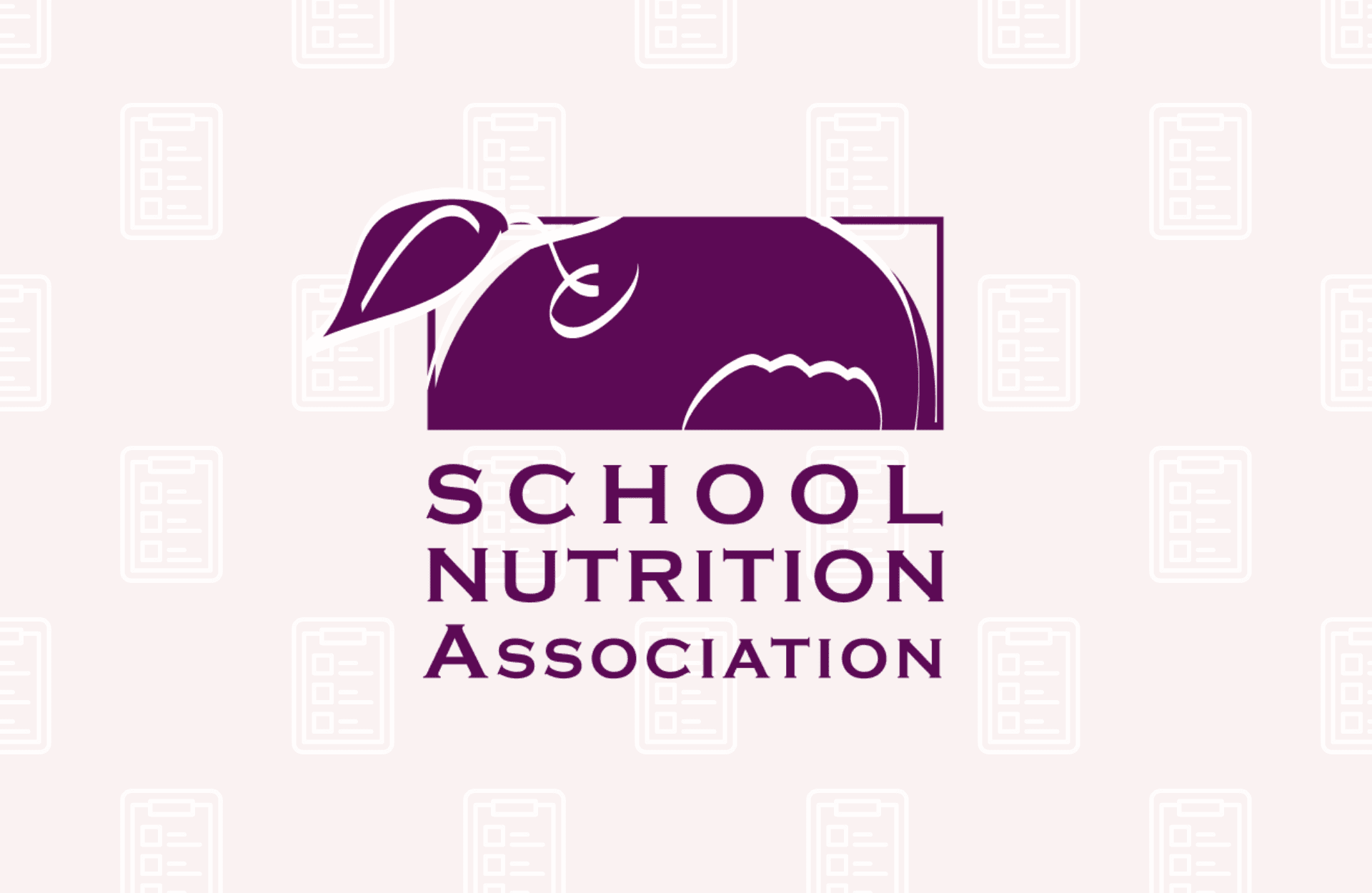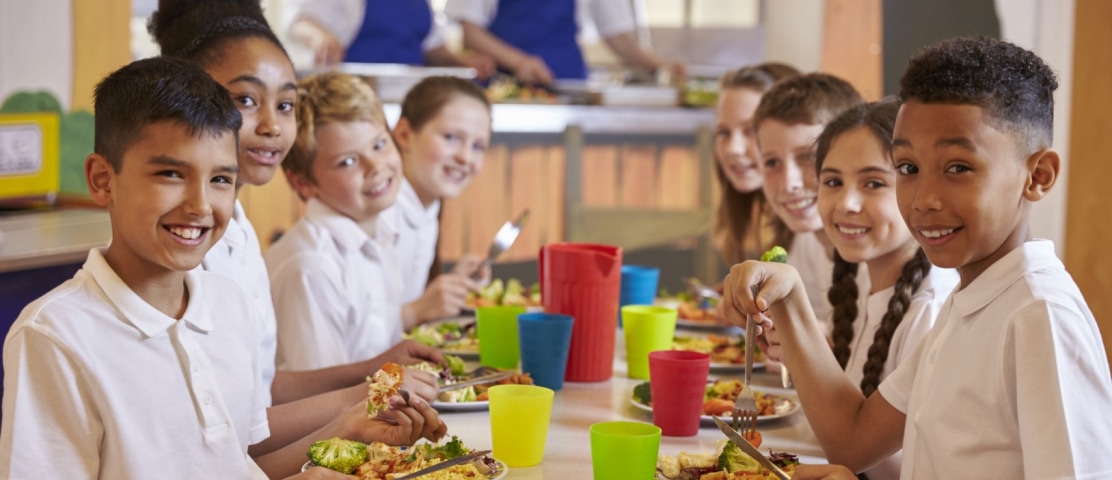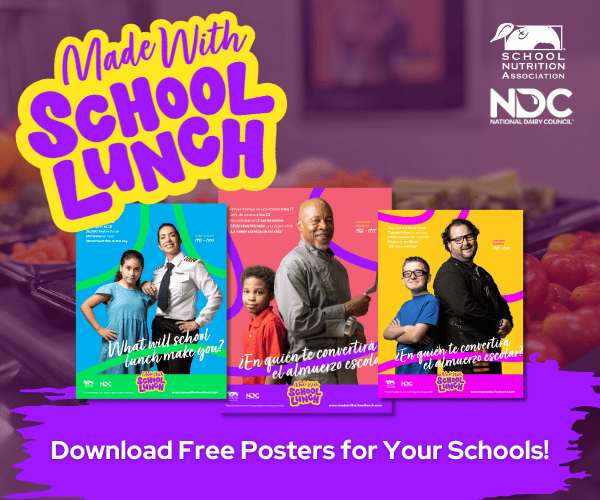FOR IMMEDIATE RELEASE:
Contact: Diane Pratt-Heavner
703-576-7526
media@schoolnutrition.org
Efforts face regulatory hurdles and complex community considerations.
ARLINGTON, VA – The non-profit School Nutrition Association (SNA) surveyed school meal program director members to collect feedback and assess efforts to serve needy students during coronavirus-related school closures. The feedback revealed widespread efforts underway to continue some form of meal service for students during closures, but also highlighted numerous concerns and regulatory challenges as schools nationwide face extended closures.
The survey, conducted from March 12-16, yielded responses from 1,769 unique school districts nationwide, representing 39,978 schools. Among responding districts, 1,211 reported they were either engaged in emergency meal/food assistance or were developing plans to feed students during coronavirus-related school closures.
Respondents’ descriptions of feeding plans varied widely, but most districts plan to offer grab-and-go meals at a limited number of schools, often for drive-thru pick-up in the school bus loop or parking lots to maximize social distancing. Some districts plan to allow students to get two meals each day, while others will provide multiple days worth of grab-and-go meals at one time, pending approval from State agencies. Many respondents cited additional plans to deliver meals to approved community sites or apartment complexes for distribution to high-need areas or utilize school bus routes to drop off meals throughout the community.
Respondents cited numerous concerns as they embark on or develop plans for emergency feeding.
- The top concern cited was the potential that students would go hungry during school closures.
- Respondents also worried about the long-term impact of financial losses for school meal programs, which depend almost entirely on cafeteria sales and federal reimbursements for meals served.
- Concerns about cafeteria staff also ranked high: the loss of income for staff furloughed by closures, staff safety when preparing and distributing meals, and staff availability and willingness to work during closures.
- Logistical concerns were also cited, including transportation challenges both for students and staff.
Respondents cited numerous regulatory hurdles hindering the efficient execution of emergency feeding plans. USDA allowed states to request waivers to permit schools eligible to operate summer meal programs to serve grab-and-go meals during COVID-19 closures. However, many respondents reported uncertainty about whether state waivers had been approved, and others raised concerns about the district’s eligibility to participate in the Summer Food Service Program (SFSP) or Seamless Summer Option (SSO). More than 38% of responding districts were not enrolled in these programs; open-ended survey responses reflect the extent of concerns and challenges encountered for them to serve needy students:
We couldn’t get clear guidance from anyone at the state level. Since we don’t qualify for SFSP, we opted to provide the bags and will bill our district. This is not ideal but we had to react quickly and didn’t have time to wait for USDA to come up with variances.
I have been asked to have a plan to feed students. At this time, I do not qualify for any USDA program to feed students under these circumstances. I am hopeful that if I design grab-and-go meals under the [National School Lunch Program], that USDA will allow reimbursement for [free and reduced price eligible] students.
“Area Eligible” schools, where 50% or more of students are eligible for free or reduced price school meals, are permitted to serve all children free meals during COVID-19 closures, which simplifies emergency meal service. Among responding districts, 46% (or 14,354 schools) are area eligible.
All other schools must carefully track each child’s eligibility for free or reduced price meals, further complicating meal distribution efforts by requiring additional contact with families and hindering efforts to maintain social distancing. SNA is urging USDA and Congress to expand eligibility for summer meal programs and allow all schools the opportunity to serve children free meals without having to verify eligibility during the pandemic.
The evolving situations within communities to respond to emergency feeding needs weighed heavy in open-ended responses:
Economic impacts of COVID-19 are changing our demographics quickly with many families no longer financially capable of supporting children. Our community was upper middle class before COVID-19, but is quickly dropping economically. Old census data no longer accurately represents the community we serve.
We have 38% of students who qualify for free or reduced price meals. The only sites that are area eligible are all right next to each other meaning the majority of our school district will not be served. We are rural and it would be difficult for students to come to the feeding locations as there are no walking paths or sidewalks and schools and other sites are in remote locations.
Would it be so awful to feed a full pay child a free meal when they are already stressed by the virus and all of the changes that has entailed?
Many respondents also raised concerns about increased risk for school nutrition staff working on the frontlines to prepare and distribute these meals, as well as the potential for emergency feeding to contribute to spread of the disease.
I do worry about the safety of my staff distributing meals. We are limiting contact for a reason, but then I am asking my staff to go and increase their potential contact.
Maintaining social distancing will be hard even with Grab-n-Go because you cannot control the number of people showing up at one time. If children or the adults who bring them are sick, we risk being exposed.
Staffing and safety will be the largest hurdle – if we are closed to protect the public, we are ALL the public. Granted, school kitchens are probably the cleanest and most sanitary places to be in the world; however, what the staff are exposed to during preparations and distribution are counterproductive, especially if doing multiple stops to drop meals on a route.
School nutrition professionals continue to work in conjunction with community public health officials in assessing emergency meal serving and distribution options that support social distancing measures.
About School Nutrition Association:
The School Nutrition Association (SNA) is a national, non-profit professional organization representing more than 55,000 school nutrition professionals across the country. Founded in 1946, SNA and its members are dedicated to making healthy school meals and nutrition education available to all students. For more information on school meals, visit www.SchoolNutrition.org/SchoolMeals.
Related Articles

SNA Urges MAHA Commission to Invest in School Meals
Read More

School Nutrition Professionals to Implore Congress to Protect School Meals
Read More




